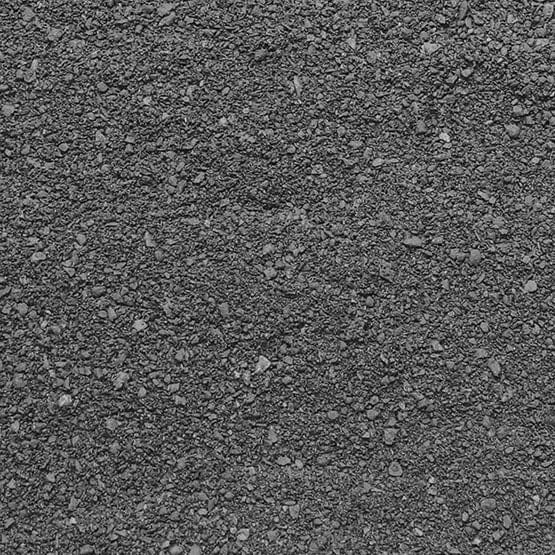Gray Coast Calcite is a completely natural calcite substrate perfect for all kinds of marine, reef, and tropical aquariums. Its unique chemical makeup helps keep calcium and alkalinity stable and stops big drops in pH. Before using, just rinse it to get rid of any leftover dust. Unlike wet gravels from competitors, Gray Coast is sold dry. This bag has 35% more gravel than an equally weighted bag of wet gravel. Those wet gravels are promoted to make you think they have living, tiny animals, but they really just have common bacteria. Whether dry or wet, all substrates have bacteria. If you want to shorten the cycling time for a new aquarium system, using a product made for that purpose, like Seachem's Stability, is a better choice. This natural calcite substrate is high in magnesium and can make the colors of marine fish look their best. Available in a 3.5 kg size.
**Key Features:**
- Natural calcite for various types of aquariums
- Stabilizes calcium and alkalinity
- Prevents large pH drops
- High magnesium content
- Enhances the color of marine fish
**Mineral Composition (Units=ppm, source: Plasma Emission Spectrometer, EPA Method 3050, Univ. of Georgia Chemical Analysis Lab):**
| Ca | Fe | Mg | Mn | Mo | Sr | V | Zn |
|----|----|----|----|----|----|----|----|
| 197,500 | 2,876 | 115,400 | 43 | 6 | 63 | 7 | 23 |

Using Seachem Gray Coast Gravel is easy. First, take it out of the bag and rinse it thoroughly under running water. This will remove any dust or debris. Then, you can add it to your marine, reef, or tropical aquarium. It helps keep the water chemistry stable by maintaining calcium and alkalinity levels and preventing big drops in pH. Just make sure not to overfill your tank with the gravel. For cleaning, you can use a siphon to remove any waste that settles on the gravel surface. As for the size, this product comes in a 3.5 kg bag. If you're starting a new aquarium and want to speed up the cycling process, it's better to use a product like Seachem's Stability instead of relying on the gravel to do it. Remember, all substrates have bacteria, whether they're dry or wet, so there's no need to worry too much about that. Keep an eye on the water quality regularly to ensure your fish are happy and healthy.
